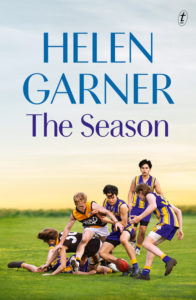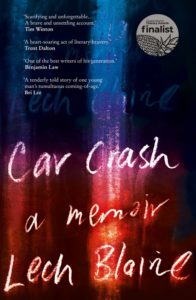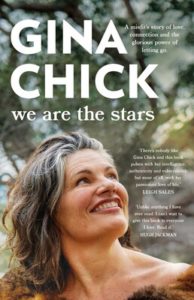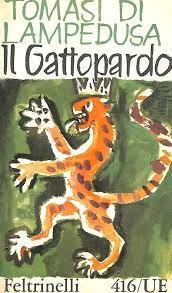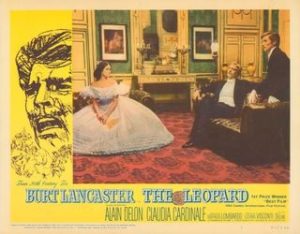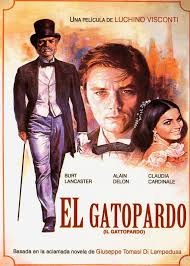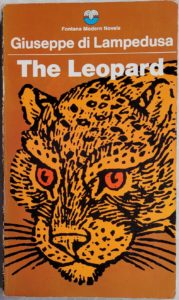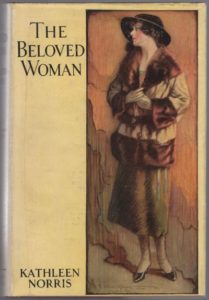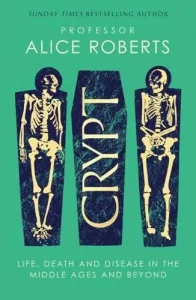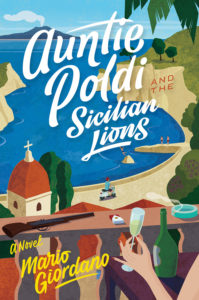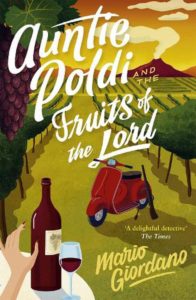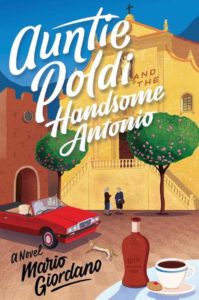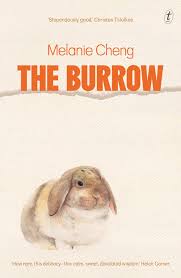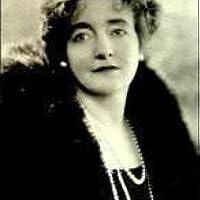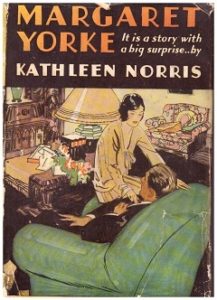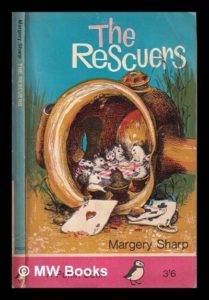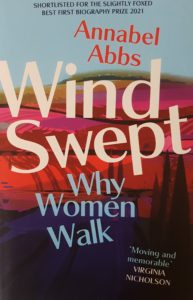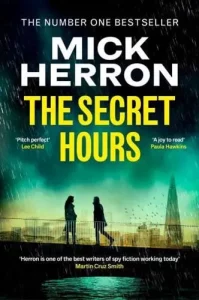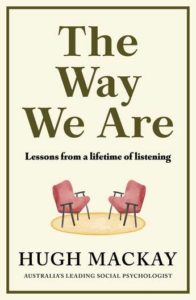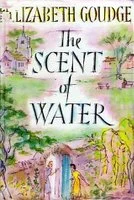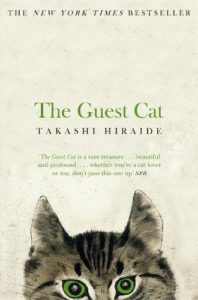 Having played to her heart’s content, Chibi would come inside and rest for a while. When she began to sleep on the sofa – like a talisman curled gently in the shape of a comma and dug up from a prehistoric archaeological site – a deep sense of happiness arrived, as if the house itself had dreamed this scene.
Having played to her heart’s content, Chibi would come inside and rest for a while. When she began to sleep on the sofa – like a talisman curled gently in the shape of a comma and dug up from a prehistoric archaeological site – a deep sense of happiness arrived, as if the house itself had dreamed this scene.
The narrator – a writer and editor – and his wife both work from home in a rented cottage on a larger estate. He observes the comings and goings in the little zig-zag lane (‘Lightning Alley’) that runs by their home. There’s another a family – man, woman, child – nearby. They adopt a cat.
Over time, the narrator and his wife begin to observe the cat’s comings and goings, too. She begins to visit their garden, and then starts to check them out. Slowly, she begins to investigate the interior of the house. She plays, takes naps, allows herself to be fed. The couple provide a bed and easy access through a window; dishes and her favourite foods; a bed; toys. They give her a name; Chibi, which means ‘little one’. Her idiosyncrasies and mercurial feline ways are a constant source of interest and delight for them. Chibi becomes part of their lives.
But she’s not theirs.
Apparently The Guest Cat, written by Japanese poet Takashi Hiraide and first published in English in 2014, was a bestseller in the US and France. Which is slightly surprising because it’s a such a gentle, quiet and thoughtful book. It has a cat in it, but it’s by no means a cute kitty love-fest. I’m a fast and often headlong reader, and I had to slow right down so that I could actually savour the small joys and observations; the cat getting plum blossom petals on her fur and smelling lizards in the garden, the narrator watching two mating dragonflies form the shape of a heart, the pink feet of birds landing on an area of glass roof.
There’s more to the book than the narrator and the cat – set in the 1980s, in Tokyo, there’s a financial contraction, difficulties buying and renting real estate, work issues, gallery openings, book launches, the illness and death of a colleague, social gatherings with friends. The narrator takes care of the old lady who owns their cottage and lives in the big house on the estate after her husband goes into a home. And after she moves, he keeps an eye on the empty house and the neglected garden.
Nothing much happens, except towards the very end, but all the elements come together to meditate on change, transience, connection, attention, care. Not that the author beats you over the head with any of these themes; it’s all as subtle and light as one of those petals on Chibi’s fur.
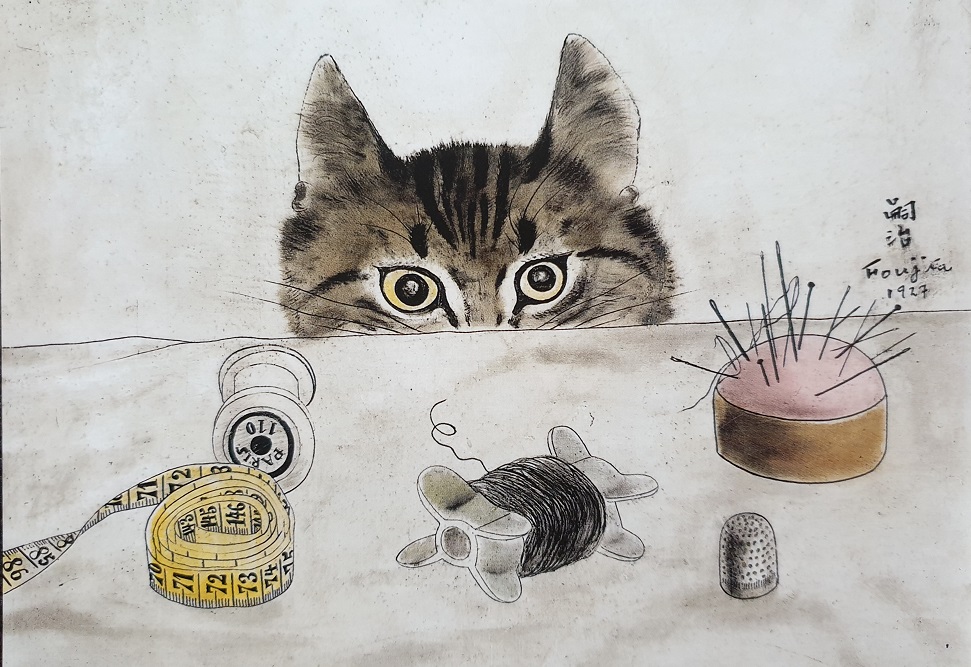 I found I had this postcard; it’s called ‘The Tailor’s Cat’ (1927) and it’s by an artist called Tsugouharu Leonard Foujita (1886-1968). I recognised the cat’s eyes on the cover.
I found I had this postcard; it’s called ‘The Tailor’s Cat’ (1927) and it’s by an artist called Tsugouharu Leonard Foujita (1886-1968). I recognised the cat’s eyes on the cover.

